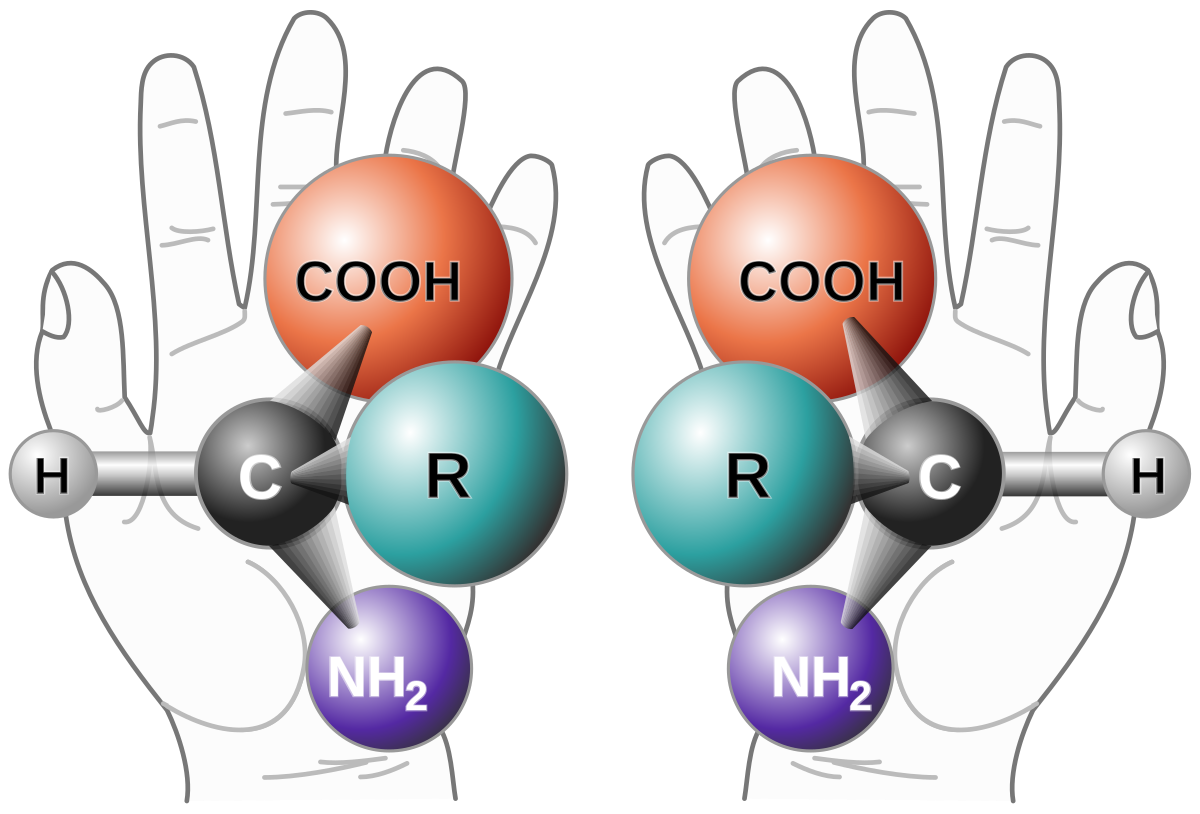Structure-Agency Debate through the Lenses of Mead, Bourdieu, and Giddens
Introduction
The intricate tapestry of human society is woven with threads of individual actions and societal structures, creating a complex interplay that has long fascinated sociologists. The structure-agency debate, a cornerstone of sociological discourse, delves into the dynamic relationship between individual agency—the capacity of individuals to act—and social structures—the enduring patterns of social organization. In this exploration, we embark on a journey through the perspectives of three prominent sociological theorists: George Herbert Mead, Pierre Bourdieu, and Anthony Giddens.
George Herbert Mead: The Birth of Symbolic Interactionism
- At the turn of the 20th century, George Herbert Mead laid the foundation for symbolic
 interactionism—a perspective that emphasized the role of symbols and language in shaping human interaction. Mead proposed that individuals develop a sense of self through social interactions, where language and symbols become essential tools for constructing shared meanings. In the structure-agency debate, Mead's insights highlight the pivotal role of individual agency in shaping and reshaping social structures through the ongoing process of symbolic interaction.
interactionism—a perspective that emphasized the role of symbols and language in shaping human interaction. Mead proposed that individuals develop a sense of self through social interactions, where language and symbols become essential tools for constructing shared meanings. In the structure-agency debate, Mead's insights highlight the pivotal role of individual agency in shaping and reshaping social structures through the ongoing process of symbolic interaction.
Pierre Bourdieu: Habitus, Field, and the Reproduction of Social Structures
- Moving forward in time, Pierre Bourdieu's work introduced the concepts of habitus and field, offering a nuanced understanding of how social structures persist and reproduce. Bourdieu argued that individuals carry within them a set of dispositions and preferences, known as habitus, which are shaped by their social context. The interplay between habitus and social fields—distinct arenas of social life—results in the reproduction of social structures. Bourdieu's perspective adds depth to the structure-agency debate by emphasizing the ways in which individual actions contribute to the perpetuation or transformation of societal arrangements.
Anthony Giddens: Structuration and the Duality of Structure
- In the latter half of the 20th century, Anthony Giddens proposed the theory of structuration, bridging the gap between structure and agency. Giddens argued that structures and actions are not separate entities but are intertwined in a continuous cycle of mutual influence. He introduced the concept of the "duality of structure," suggesting that individuals both shape and are shaped by social structures. Giddens' contribution to the debate emphasizes the recursive relationship between agency and structure, challenging the notion that one precedes or determines the other.
Synthesis and Contemporary Implications
- As we weave together the insights of Mead, Bourdieu, and Giddens, a richer understanding of the structure-agency debate em
 erges. Mead's focus on symbolic interactionism underscores the agency's role in shaping social meanings, while Bourdieu's habitus and field concepts illuminate the mechanisms through which structures are reproduced. Giddens, in turn, offers a holistic perspective that embraces the inseparable nature of structure and agency.
erges. Mead's focus on symbolic interactionism underscores the agency's role in shaping social meanings, while Bourdieu's habitus and field concepts illuminate the mechanisms through which structures are reproduced. Giddens, in turn, offers a holistic perspective that embraces the inseparable nature of structure and agency.
- In contemporary society, the structure-agency debate remains a crucial lens for analyzing issues such as social inequality, cultural dynamics, and the impact of technological advancements. The evolving nature of social structures demands a nuanced approach that acknowledges both the agency of individuals and the constraining influence of existing frameworks.
As we conclude our exploration of the structure-agency debate through the lenses of Mead, Bourdieu, and Giddens, it becomes evident that the interplay between individual agency and societal structures is a multifaceted and dynamic phenomenon. Each theorist contributes unique insights that enrich our understanding of how societies function and change. In the ongoing dialogue of sociological thought, the structure-agency debate persists as a vital avenue for unraveling the intricacies of human interaction and societal organization.
-Thank you
 erges. Mead's focus on symbolic interactionism underscores the agency's role in shaping social meanings, while Bourdieu's habitus and field concepts illuminate the mechanisms through which structures are reproduced. Giddens, in turn, offers a holistic perspective that embraces the inseparable nature of structure and agency.
erges. Mead's focus on symbolic interactionism underscores the agency's role in shaping social meanings, while Bourdieu's habitus and field concepts illuminate the mechanisms through which structures are reproduced. Giddens, in turn, offers a holistic perspective that embraces the inseparable nature of structure and agency.